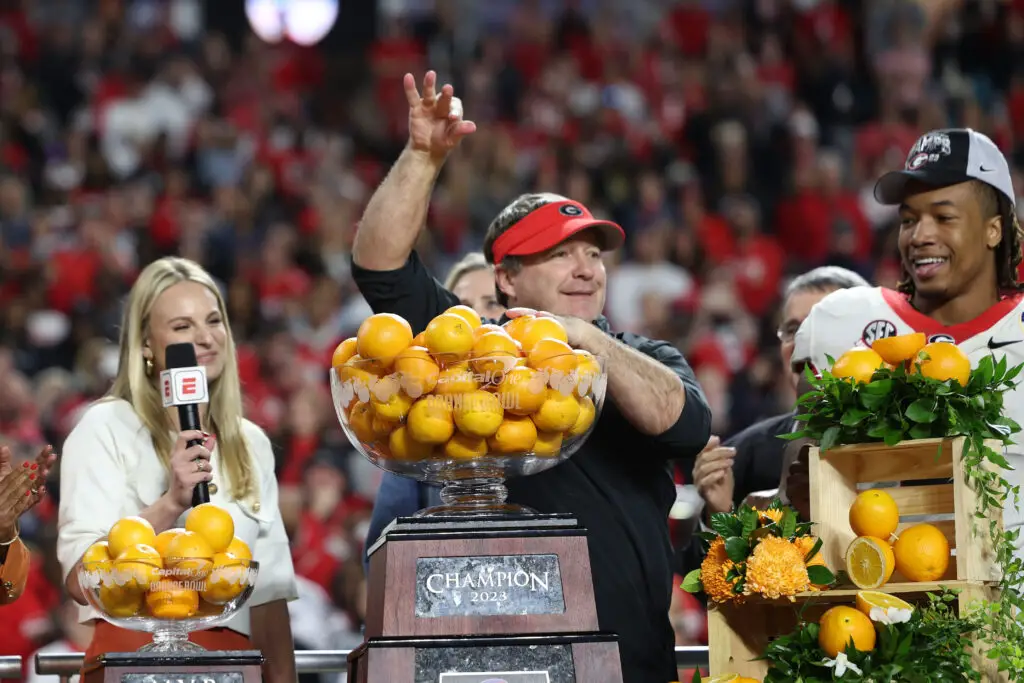The Orange Bowl is one of the most storied events in college football history, with a rich legacy that dates back to the early 20th century. It is an annual bowl game played in the Miami metropolitan area, and it has become a significant part of the college football postseason landscape.
Origins and Early Years
The Orange Bowl’s origins can be traced back to the success of the Rose Bowl, which inspired Miami leaders to create a similar event in 1926 called the “Fiesta of the American Tropics”. Although the festival was short-lived, the football game continued. In 1932, the Festival of Palms Bowl was established as a precursor to the Orange Bowl, featuring a local team, Miami, against an at-large opponent. However, the NCAA did not recognize it as a bowl game due to the guaranteed spot for Miami, regardless of their record.
In 1935, the event was restructured and officially named the Orange Bowl, with no guaranteed spots for any team, thus gaining recognition as a legitimate bowl game. The first official Orange Bowl was played on January 1, 1935, making it one of the oldest bowl games in the United States, alongside the Rose Bowl, Sugar Bowl, and Sun Bowl.
Evolution and Growth
Initially held at Miami Field, the Orange Bowl moved to the Miami Orange Bowl stadium in 1938, where it remained until 1996, except for a brief return in 1999. It then moved to its current location at Hard Rock Stadium in Miami Gardens, Florida. Over the years, the Orange Bowl has grown in prominence and size, reflecting the increasing popularity of college football. The stadium capacity expanded significantly, accommodating the growing number of fans eager to witness the high-stakes games.
In its early years, the Orange Bowl did not have specific conference tie-ins, often featuring teams from different regions of the United States. However, from the 1950s to the mid-1990s, it developed a strong association with the Big Eight Conference, frequently inviting its champion or runner-up to participate. This period saw the Orange Bowl become a platform for some of the most memorable games in college football history.
Memorable Moments
The Orange Bowl has been the stage for numerous unforgettable moments. For instance, in 1982, Clemson secured a national title by defeating Nebraska 22-15, thanks in part to William “Refrigerator” Perry’s defensive prowess. Another iconic moment occurred in 1984 when Miami won its first national championship by narrowly defeating Nebraska 31-30, after a crucial defensive play by Ken Calhoun.
In 1991, a dramatic punt return by Raghib Ismail appeared to give Notre Dame a victory over Colorado, but the touchdown was nullified due to a penalty, preserving Colorado’s share of the national title. The 2006 Orange Bowl, a marathon game lasting over four hours, marked the final meeting between legendary coaches Joe Paterno and Bobby Bowden, with Penn State emerging victorious after three overtimes.
Modern Era and Sponsorship
The Orange Bowl has continued to evolve, adapting to changes in the college football landscape. Since 2007, it has hosted the Atlantic Coast Conference (ACC) champion, unless that team is involved in the national championship playoff. The game has also seen various sponsorships, with Capital One being the current sponsor since December 2014.
Broadcasting rights for the Orange Bowl have shifted over the years, with ESPN currently holding the rights as part of the College Football Playoff agreement. This ensures that the game reaches a wide audience, further cementing its status as a premier college football event.
Cultural and Economic Impact
Beyond the field, the Orange Bowl has had a significant cultural and economic impact on the Miami area. It has contributed to the region’s tourism industry, drawing fans from across the country and providing a boost to the local economy. The event has become a symbol of civic pride, showcasing Miami as a vibrant and dynamic city capable of hosting major sporting events.
The Orange Bowl’s history is a testament to the enduring appeal of college football and its ability to bring communities together. As it continues to adapt and grow, the Orange Bowl remains a cornerstone of the college football postseason, celebrated for its rich tradition and thrilling matchups.

